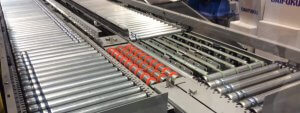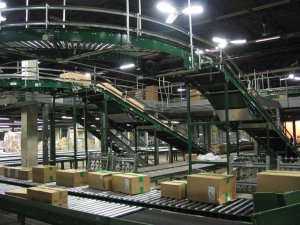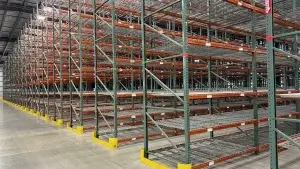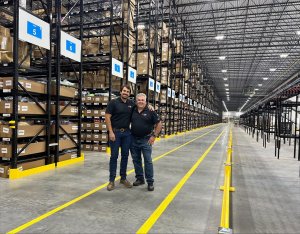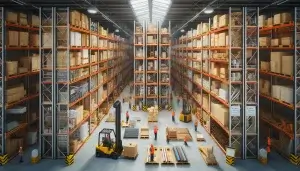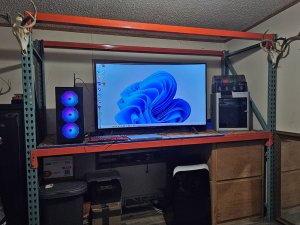Denise Rosenau
Story Highlights: Need More Than Just Parts? Got Questions? We’re Here to Help.
Story Highlights: Warehouse automation can sound complicated, but it doesn’t have to be. Whether you run a...
Story highlights: Efficient use of warehouse space is critical for optimizing operations, reducing costs, and improving workflow....
SJF’s new President and Vice President leaders committed to upholding the company’s legacy of high-quality service. Winsted,...
Story Highlights: In the world of warehouse management, pallet racking plays a pivotal role. It’s the backbone...
Winsted, MN (May 15, 2024) – SJF Material Handling, Inc. is proud to announce its 45th anniversary....
We have some very creative customers! Brad Grack of New Auburn, Minnesota, wanted a “manly” look for...


